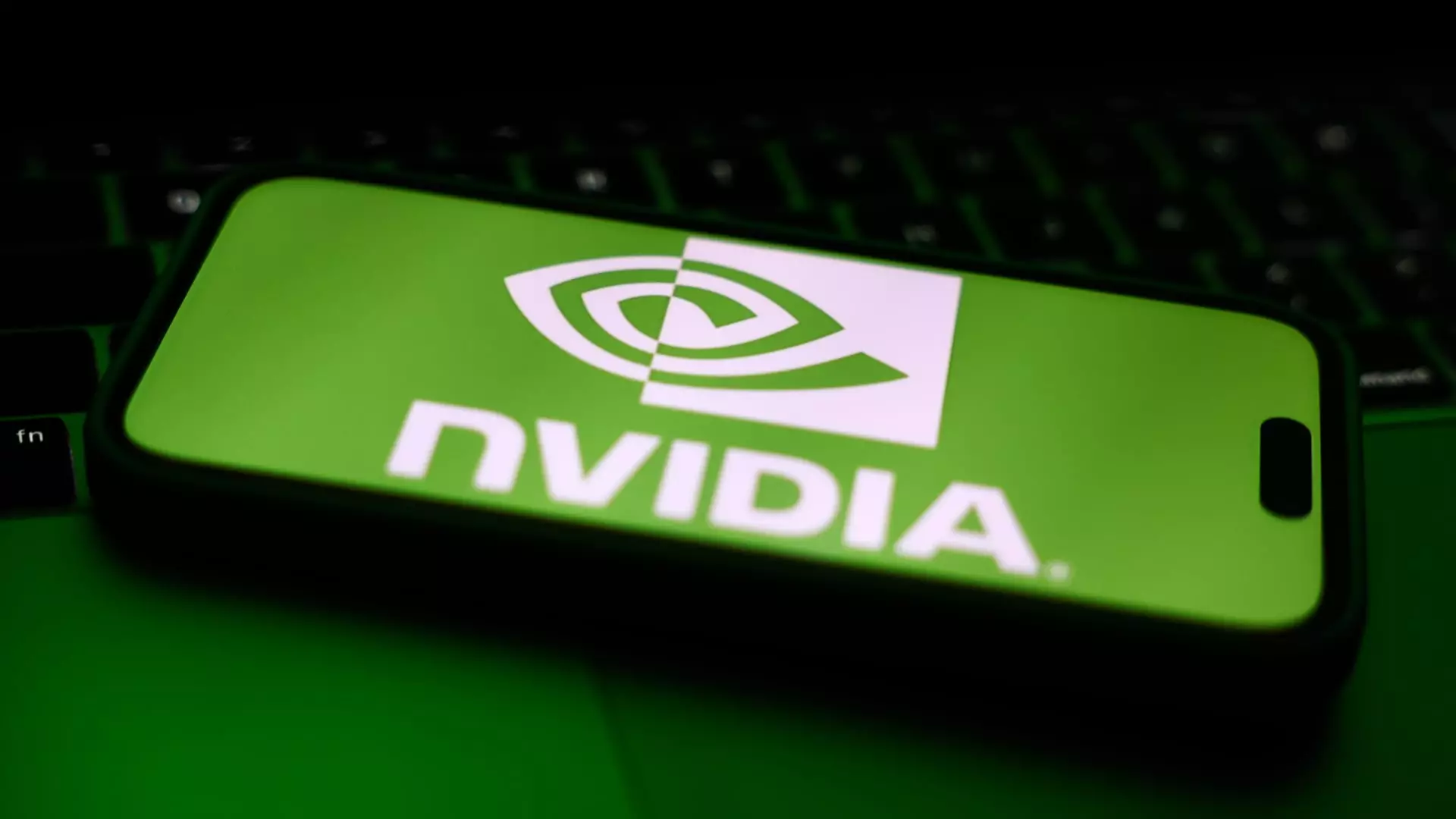For Nvidia, a company often paraded as a titan of innovation, the decision to launch a new AI chipset targeted at the Chinese market undoubtedly represents a complex maneuver of both regression and opportunity. This latest offering, reportedly priced between $6,500 and $8,000, is a stark departure from the now-embargoed H20 model, which commanded exorbitant prices of $10,000 to $12,000. In the ruthless arena of tech competition, the lowering of prices signals not merely a response to market demand but also a painful acknowledgment of the constraints imposed by U.S. trade restrictions.
These restrictions are not merely bureaucratic red tape; they symbolize an ideological battleground where technological supremacy is inseparably linked to national security. Nvidia’s bold decision to undercut its previous prices is an attempt to regain lost market share, but it may also raise questions about the company’s long-term vision and the sustainability of its competitive edge.
Technical Compromises and Market Relevance
It is essential to delve into the implications of the less ambitious specifications accompanying this new GPU. Critics might argue that the downgrade reflects not just Nvidia’s desperation to access a lucrative demography but also its ongoing struggles in maintaining its market relevance under the weight of escalating political tensions. The new chipset, based on the RTX Pro 6000D and employing conventional GDDR7 memory instead of high-bandwidth counterparts, might end up as more of a compromise than a breakthrough.
This commodity-like pricing structure, coupled with subpar specifications, risks transforming Nvidia’s entry into China from a tale of innovative advancement to one of stagnation in the face of global technological warfare. Nvidia has historically been at the forefront of the AI revolution, generating groundbreaking technology truths that have defined computing paradigms. If the upcoming chipset is merely a gateway for survival rather than a strategic leap forward, the company’s legacy might be jeopardized.
Geopolitical Consequences: A Reckoning for U.S. Tech Firms
Nvidia’s retreat into a lower tier of chip production reveals a devastating ripple effect stemming from the geopolitical tug-of-war between the U.S. and China. By admitting to limitations imposed by U.S. export controls, Nvidia unwittingly sheds light on a larger narrative about American technology’s position on a global stage. Will this trend encourage further deterioration? As American companies like Nvidia are compelled to compromise to catch up with the competition, the very essence of their technological innovations could be stifled.
In this framework of increasingly stringent export controls, even established companies struggle under the weight of regulatory restrictions. Nvidia’s plunge from a dominating 95% market share in China to a mere 50% serves as a stark reminder of the unforgiving tides of market competition, where even the mightiest can struggle against ideological barriers.
The emergence of competitors, notably Huawei with its Ascend 910B chip, offers a disorienting glimpse of a future where American companies may find themselves outmaneuvered by their adversaries, who stand unhampered by the same punitive restrictions. Indeed, the message is clear: In a world where technology is subject to the caprices of geopolitical whim, no company is invincible.
A Fragile Future: Nvidia’s Balancing Act
What lies ahead for Nvidia? The company is well aware of the precarious nature of its future endeavors in China. The unrelenting pressures of labor and capital are in constant flux, and Nvidia’s dual investment in lower-spec AI processors reflects a tightrope walk between profit margins and corporate survival. The bold assertion that it must compromise on both pricing and specifications invites skepticism from stakeholders, who are forced to question whether the company’s forward vision can stand the test against an encroaching rival like Huawei.
The predicted development of yet another Blackwell-architecture chip later in the year raises further questions about Nvidia’s strategy. Will these iterative adaptations ultimately lead to a meaningful resurgence, or will they end up just another footnote in a long chronicle of missed opportunities and compromised visions?
In navigating the volatile terrain of global trade and innovation, Nvidia’s trajectory remains fiercely contested and endlessly uncertain, a microcosm of a world where technology’s cutting edge may be dulled by the very forces meant to protect it. The ongoing debates over technological boundaries hint at larger implications that extend far beyond the realm of chip development, raising critical questions about nationalism, innovation, and the future of international technological cooperation.


Leave a Reply